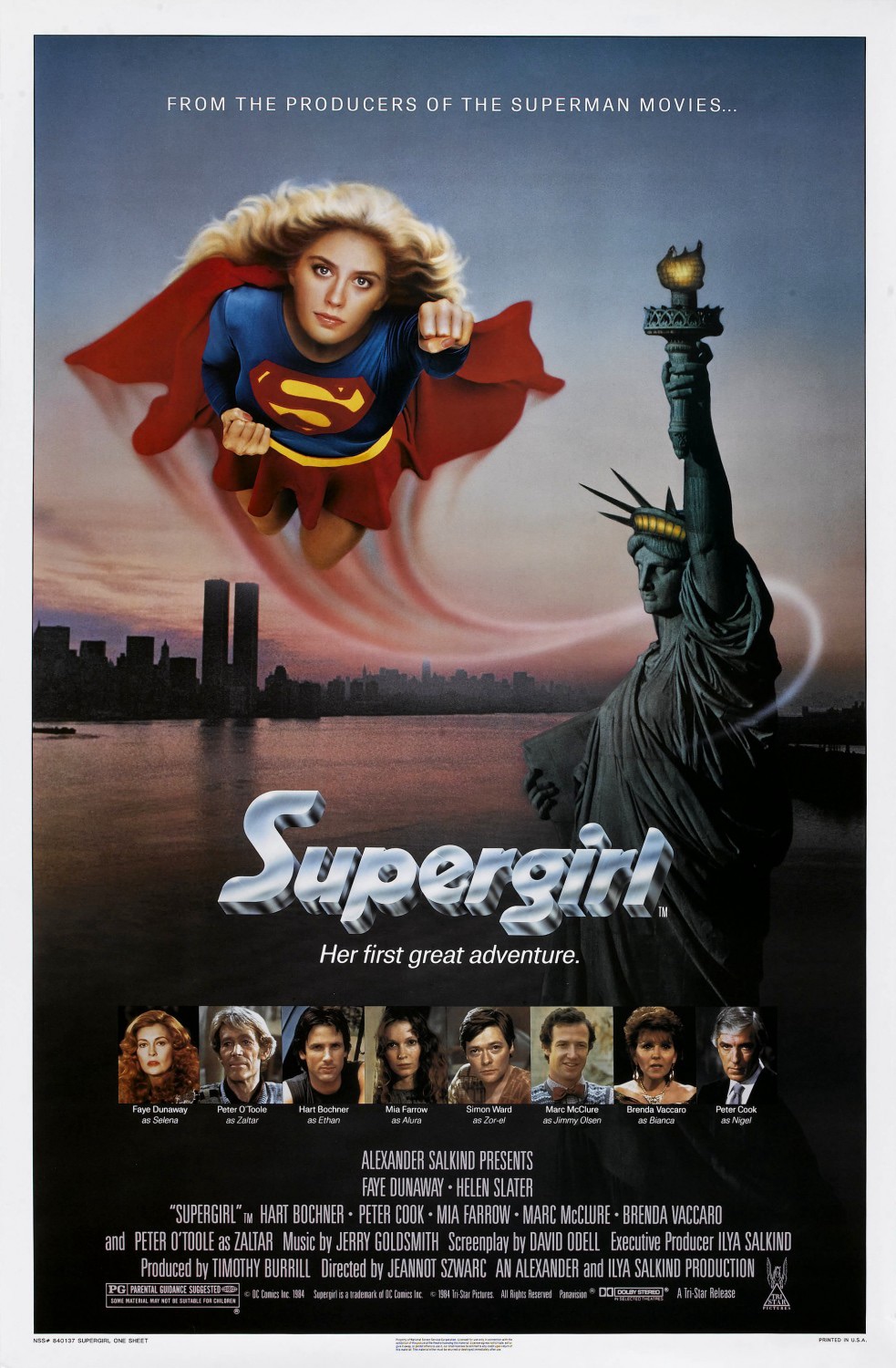
It seems like it’s been a lot more than 40 years since the Supergirl spinoff film was released in theaters, but it’s not. It was 1984 that saw the release of this film spinoff from the successful Superman trilogy from producers Alexander and Ilya Salkind. And now, to celebrate the film’s 40th anniversary, a brand new Blu-ray release of Supergirl has appeared out of left field, and boy, is this one we never expected to see happen!
The film origins of Supergirl go all the way back to late 1980 and early 1981, when Ilya Salkind wrote two story proposals for what would eventually become Superman III. While Warner Bros. executives dismissed the story proposals, one of the elements that appeared was Supergirl’s arrival on Earth, her introduction to her big cousin Superman, and a really wonky storyline that saw the Kryptonian cousins fall in love with each other. (Insert requisite Southern joke here.) Another element of the story outline, the departure of Lois Lane and the arrival of Lana Lang, would make it into the final film, while the principal villain of Brainiac would prominently feature in the script for Superman Reborn (which would ultimately be shelved) and the first volume of the highly successful Superman ‘78 comic book series in 2021-22. I previously reviewed the audio narration of this treatment in an earlier blog installment, and I don’t know if the audio is still available on Spotify, but all I can say is steer clear of this mess.
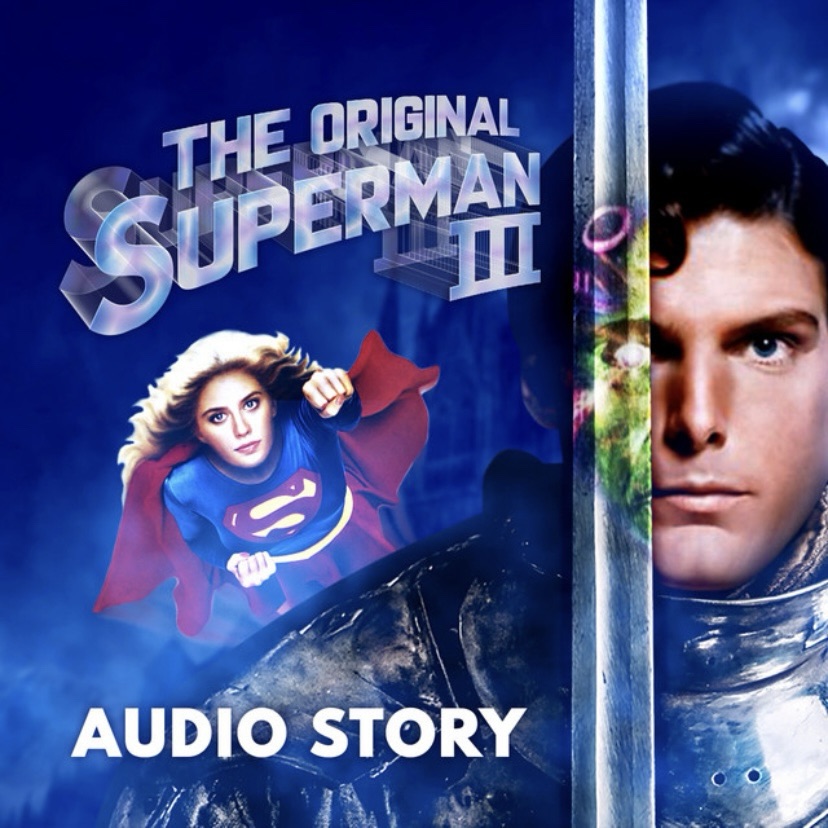
While Superman III was nearing the end of filming in 1982, the Salkinds recruited writer David Odell to pen the script for Supergirl, penning two drafts that included Superman in a few scenes and being captured by the film’s main villain, the witch Selena, before being rescued by his younger cousin. It was intended for Christopher Reeve to return in an extended supporting role, but once he read the script, he chose not to do the film, feeling that he had finished his time with the Superman film series. I’ve seen a few script pages that featured Superman’s involvement in the Supergirl project, and it’s quite minimal indeed.
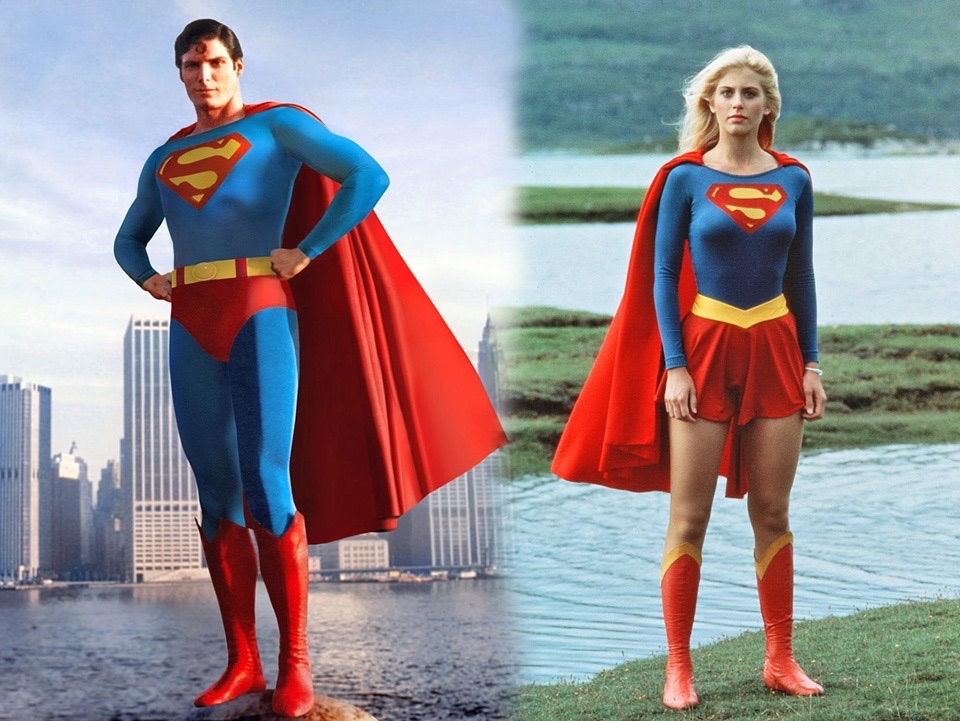
From there the script would be rewritten to feature a returning Marc McClure as Jimmy Olsen (although a couple of brief mentions of Superman would appear in the final film, along with a quick flyby—pun intended—of a Superman poster and a brief tip of the hat to John Williams’ classic theme). In a 2006 interview in the documentary You Will Believe: The Cinematic Saga of Superman, McClure remarked, “In the initial script, I was the only one in there…and I kind of was wondering, is Supergirl Superman’s sister? And it got to a point where, why was I even there?”
Originally, Richard Lester had been approached to direct the film, but he turned it down. Ultimately, under the direction of Jeannot Szwarc, who had directed Reeve in the 1980 romantic drama Somewhere in Time, and whom Reeve had recommended to direct Supergirl, shooting occurred in the spring and summer of 1983 in England and Scotland. Szwarc recalled in 2006 wanting to intentionally take Supergirl in a different direction from the Superman movies. “We can do strength, and maybe we can do grace. We can do something which is more lyrical, especially in the flying. And that’s, I think, the idea of when she discovers her powers and this kind of ballet came.”
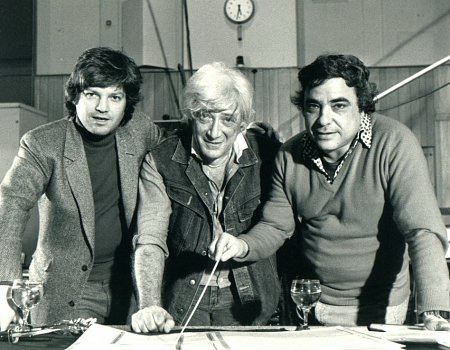
Dozens of actresses had auditioned for the lead role of Supergirl, aka Kara, aka Linda Lee, including Brooke Shields, Melanie Griffith, and Demi Moore, before the Salkinds finally settled on a newcomer, Helen Slater, for the role. In all, over 350 actresses auditioned for the role, almost double the number of actors, athletes, and musicians who were considered in 1976-77 for the lead in Superman! Slater had auditioned four times for the role, once in a homemade Supergirl costume. She was offered $75,000 and a three-picture deal in the role (which ultimately didn’t happen).
For the principal villain of Selena, Dolly Parton was offered $7 million, which she turned down. Let’s face it, America’s lovable queen of country music as a villain? She couldn’t see it happening. Ultimately, the role went to Faye Dunaway, who would camp it up through the film. Dudley Moore was offered $4 million to play the Kandorian scientist Zaltar, but it went to Peter O’Toole (and his vast array of turtleneck sweaters) instead. John Travolta was offered the supporting role of Ethan, a beefcake who falls for Supergirl, but it was given to Hart Bochner instead. Demi Moore was later cast as Lucy Lane, the younger sister of Lois Lane (and there’s something we’ll discuss later), but she bowed out at the last minute, and Maureen Teefy was cast in the part. It seemed like the whole film was a series of casting changes all over the place.
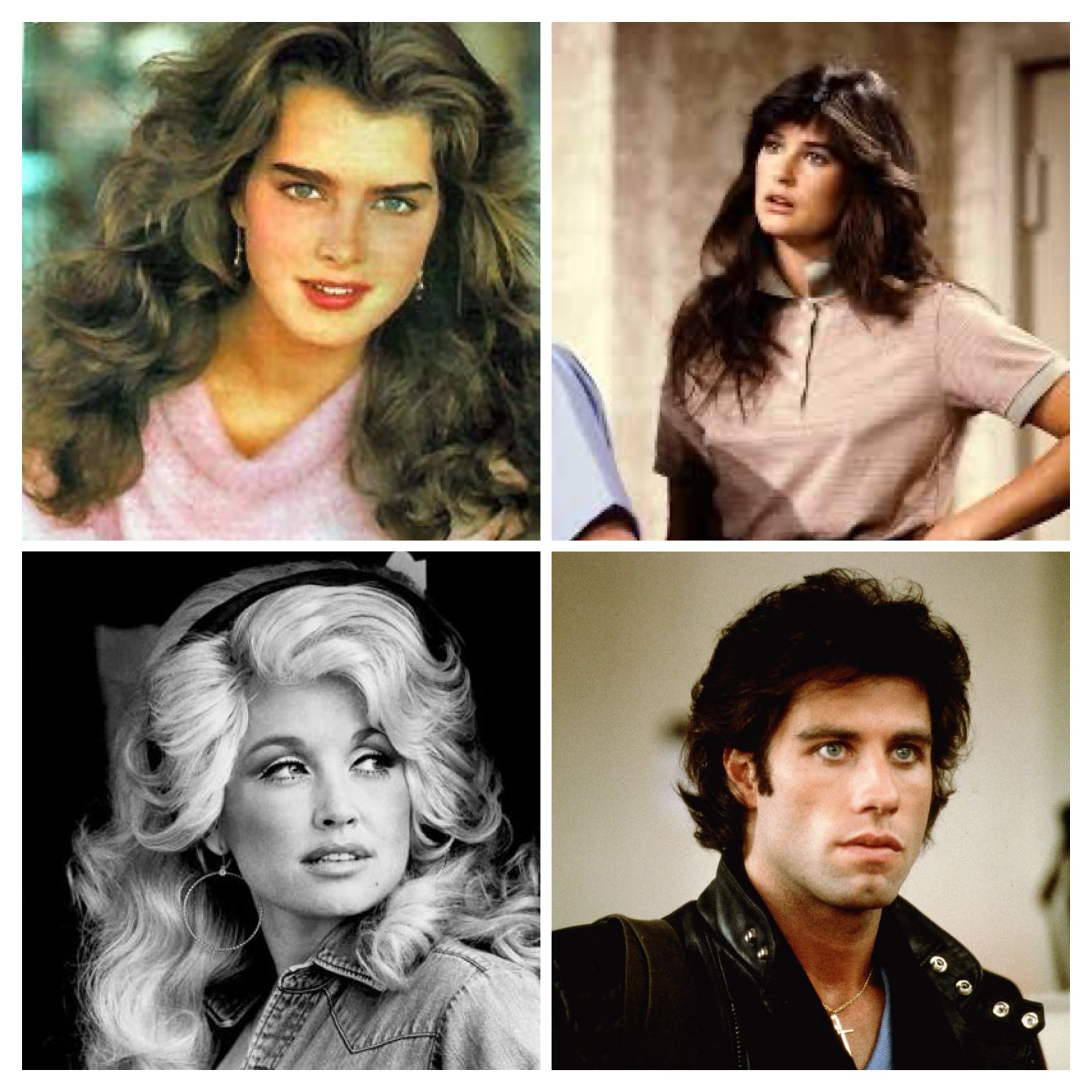
As if the drama wasn’t occurring enough in the casting, behind the scenes there was just as much drama. The film’s original producer, Alyssa Cartagena, frequently clashed with Ilya Salkind over issues such as costume design and publicity and marketing, and she was ultimately released from the picture, with Timothy Burrill taking over as producer. Christopher Reeve had bowed out three months before filming began, not feeling it was right for him to do what amounted to a glorified cameo, which necessitated all of the script rewrites. In the end, Reeve had foreseen the wisdom of bowing out and made the right call. And during the production on Supergirl, Superman III was released to middling critical and commercial box office reception in June 1983, which, when compared to the first two films, didn’t help matters on the $35 million production on the spinoff.
At least the film succeeds in some of its comic book origins, with the pocket city of Kandor existing in its own microverse, the depiction of the interior of the Phantom Zone as a wasteland of horrors, and the relationship between Lucy Lane and her older sister Lois. And yet, at times, logic seems to be completely thrown out the window in this movie. Here, we have to go back to that line that Margot Kidder says in the first Superman film: “I’ve seen how the other half lives. My sister, for instance… three kids, two cats, and one mortgage.” Unless Kidder was ad libbing on set, there’s no way that her sole sister, living in a high school-aged boarding school, would be married with three children. And how is it that, in her journey from the microverse to Earth, Kara grows from a teeny weeny girl no bigger than the size of a dot into a fully grown Earth-sized teenager, then goes back at the end of the movie being dot-sized all over again? And in her final confrontation with Selena, when she tornado spins around her, she magically shrinks in size to create the micro tornado! Maybe it’s the realist in me that’s reading too much into it here, but the sense of verisimilitude that Richard Donner and Tom Mankiewicz set forth in the first two Superman films seems to be forgotten here, as it’s all about camp humor and supporting actors chewing their scenes throughout. Not to mention all of Peter O’Toole’s rambling lines and oversized turtleneck sweaters. Only Helen Slater seems to deliver any kind of honesty and sincerity and even a sense of innocence as Supergirl and Kara.
And let me pause a moment to mention the score by Jerry Goldsmith. Originally he was scheduled to compose the score for Superman, but due to scheduling conflicts he had to bow out, and instead we got the majestic score from John Williams. I had an affinity for Goldsmith’s Supergirl score, first on the Varese Sarabande release and then later in the expanded CD version from Silva Records released in 1993. Take for example his cue “Flying Ballet”, which in my opinion probably best represents the film. It’s lyrical and sweeping, yet it also has a romantic and emotional nature that is reminiscent of portions of Gustav Holst’s Venus and Mercury suites from his symphony The Planets. While it doesn’t convey the same epic and mysterious feel as his score to Star Trek: The Motion Picture, or the minimalist nature of his scores for Patton, Planet of the Apes, and Alien, it’s still an enjoyable, adventurous listen and serves the film well.
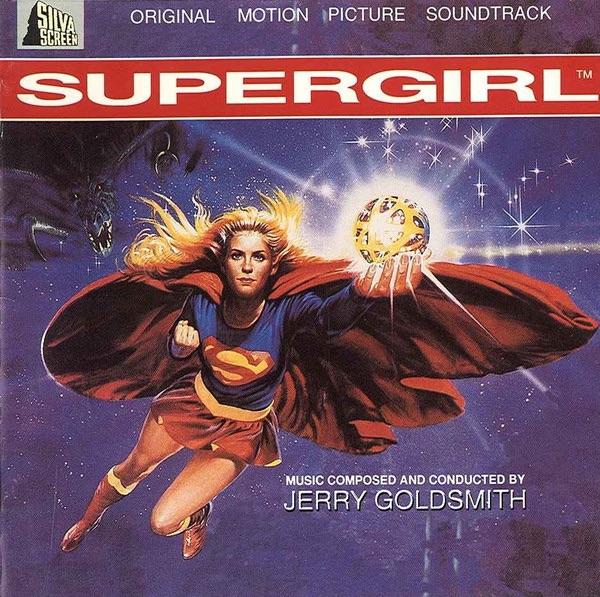
The movie was set to come out in the summer of 1984 alongside an already packed slate of films that included anticipated sequels such as Indiana Jones and the Temple of Doom and Star Trek III: The Search for Spock, as well as first-run hits such as Ghostbusters, Purple Rain, Red Dawn, The Adventures of Buckaroo Banzai, Revenge of the Nerds, and The Karate Kid. Even Christopher Reeve’s film version of The Bostonians came out that summer as well. But early test screenings that April proved to be lackluster. The original cut of the film, which ran 138 minutes in length, was cut down to 124 minutes. And the Salkinds butted heads with Warner Bros. executives. The Salkinds felt that their film should be released at Christmas, owing to the success of the first Superman at that time. Warner Bros. thought otherwise. As a result, they dropped all distribution rights to the film, and Tri-Star Pictures acquired the rights, and the film would be further cut down to 105 minutes for its eventual release in the United States later that year.
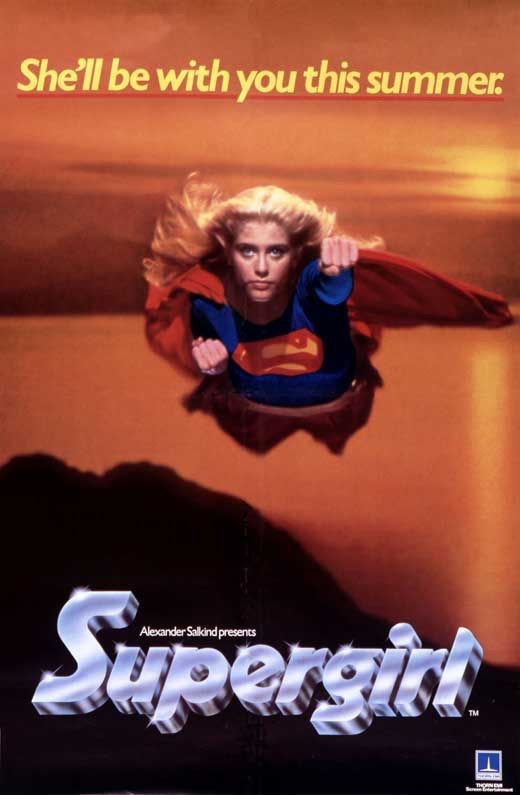
Similar to the reverse marketing campaign employed for Superman II in 1980-81, the 124-minute cut of Supergirl was released to theaters in Japan, the United Kingdom, Ireland, Germany, and many other international markets, and most viewers and critics agreed on one thing: this film did not work. In the fall of 1984, just before the US release of the film, the 124-minute cut of Supergirl was released on VHS by Tohokushinsha Video in Japan, and imported copies made their way to the United States and were made available at some video stores in Los Angeles. Tri-Star Pictures executives asked that the video not be distributed for fears that it might impact the then-upcoming theatrical release.
Not that it would have mattered anyway. The 105-minute cut of Supergirl came out on Thanksgiving weekend in 1984 at over 1600 theaters, and in its first week took the number one spot at the box office. But poor word of mouth from viewers and critics, coupled with the release of the 124-minute cut on VHS from Tohokushinsha Video and on laserdisc from Pony Canyon Video during the US theatrical release, hurt its overall performance, and by the end of January 1985 Supergirl limped to its end with just $14.3 million in overall gross, failing to recoup a little more than a third of its $35 million production cost. To recoup some of its losses, USA Home Video released the 105-minute cut on VHS four months later. The pan-scan transfer wasn’t the best, and HBO would pick up the rights for airing in 1986 with a much better pan-scan print. (Supergirl would be one of several films that HBO would acquire with alternate pan-scan transfers that differed from their VHS counterparts, including Superman, the original Star Wars, and St. Elmo’s Fire, among others. If anyone has copies of these HBO prints, let me know!)
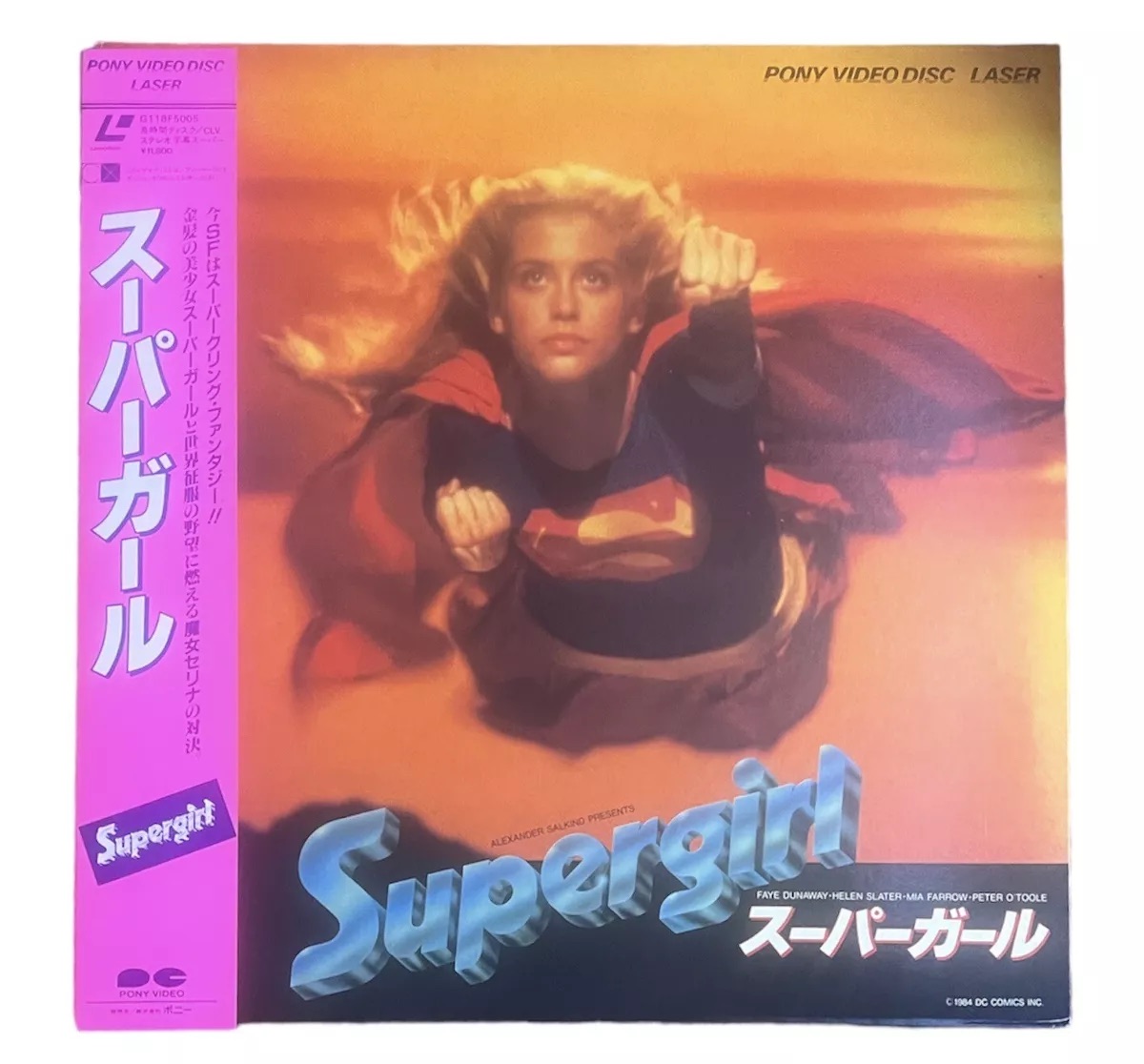
It wouldn’t be until the end of the 1990’s that the 124-minute international print would finally be issued on VHS from Anchor Bay Entertainment, although it was advertised as running 114 minutes long. It turned out to be sourced from a PAL transfer and actually ran 120 minutes. Then in 2002 Anchor Bay issued what would become a sought-after collector’s item for home video buffs: a two-disc set that included both the 124-minute international cut and the original 138-minute director’s cut, sourced from a surviving print. (Both cuts would also be released as separate discs.) The set also included a generous amount of bonus features, including an audio commentary with Jeannot Szwarc, a making-of documentary that aired on ABC at the end of 1985 in a four-hour block (along with the second broadcast of the extended TV cut of Superman II), five theatrical trailers, three TV spots, storyboards, promotional posters, a photo gallery, and a collection of talent bios. (I don’t know why I didn’t get it at the time, and it wouldn’t be until Christmas 2022 that I finally added it to my collection.)
In November 2006, as part of its “Year of Superman” promotion, Warner Home Video finally acquired the rights to Supergirl and released the 124-minute cut on a single-disc DVD, with just the audio commentary and the US trailer included on the disc. Then in the summer of 2018, the Warner Archive Collection released a two-disc set featuring the international cut in Blu-Ray format and the director’s cut in standard definition format. For all intents and purposes it seemed to be the last word on Supergirl.
In 2006 Slater reflected on her time in the role. “I did a movie after Supergirl called The Legend of Billie Jean, and even in that film they got it a little bit more right about an 18-year-old, 17-year-old going through certain rites of passage. And I felt like in Supergirl they were shying away from it, I think, just because there was so much money in the film and so much expectation that they couldn’t really explore a girl’s journey. And my wish is that now they would revisit that kind of story and find a way to tell it with depth and humor and a story that you can actually follow.”
Szwarc also had an honest reflection in 2006 on the film’s overall failure. “The film didn’t do well except in certain territories. It didn’t meet our expectations. I don’t think we missed. I think it wasn’t what people expected.”
It wouldn’t be the last time we would see Supergirl in live action formats. The character would be revisited in the second half of the popular WB/CW series Smallville with Laura Vandervoort in the role, and Helen Slater would appear as Superman’s mother Lara in an episode towards the end of the series. Years later there was the CW series with Melissa Benoist in the title role, beginning in 2015 and running for six seasons. Actress Sasha Calle would appear as Supergirl in the ill-received 2023 movie The Flash, and with James Gunn’s Superman movie currently in development, actress Milly Alcock is set to take over the part with the intention of spinning off into her own solo movie called Supergirl: Woman of Tomorrow.
Now for the film’s 40th anniversary we have a brand new Blu-Ray release of the original Supergirl movie from Plaion Pictures, and I’ll just cut to the chase: this is one scrumptious meal indeed!
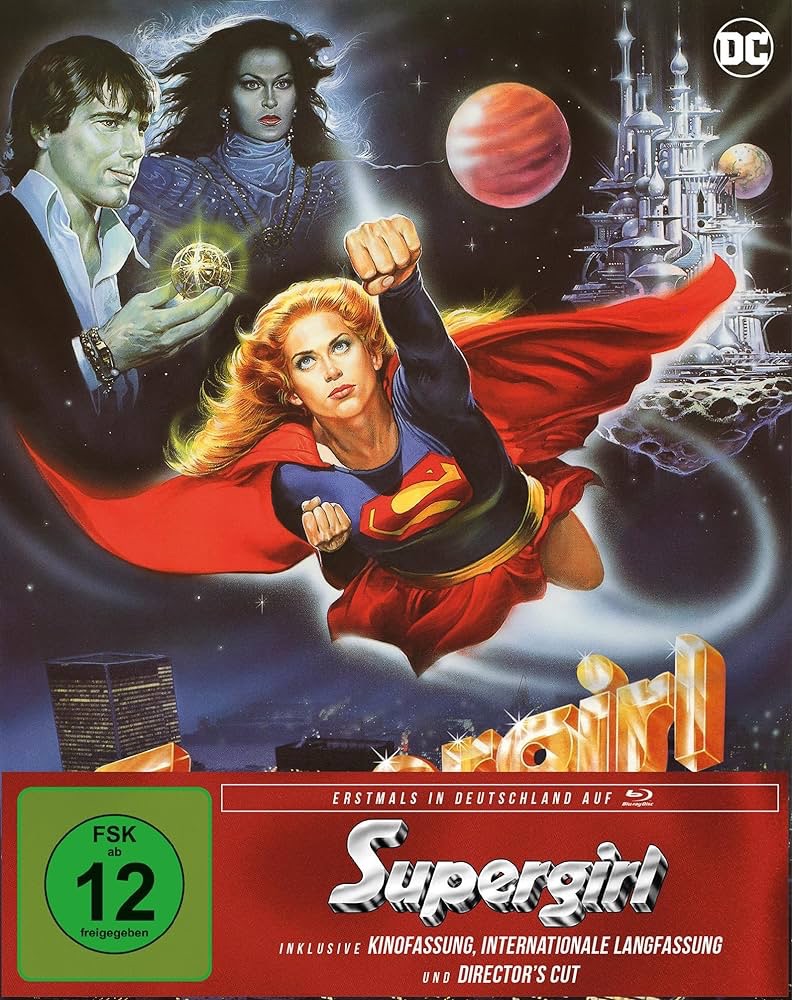
First off, we have not one, not two, but three different versions of the film in the same set! The first disc contains the 124-minute international cut and the bonus material (which I’ll get to later), while the second disc contains the 138-minute director’s cut (which until now has only been available on a standard definition DVD in the Anchor Bay and Warner Archive releases), and the original theatrical version (which has never been issued on disc in any format!). For some reason the specs list the theatrical cut as 91 minutes long, so whether this is the same identical cut as the US theatrical release or not I am not sure. It would take comparing both versions to actually know.
As for the technical aspects, each cut of the film is presented in 2.35:1 widescreen ratio and mastered in 1080p for the best picture quality possible. As for the sound, the film is presented in Dolby HD 5.1 and 2.0 sound options. All versions of the film are also presented in English and German language options, and German subtitles only.
Imagine sitting down to a steak dinner, and the waiter brings you out a ribeye steak, a New York strip, and a big juicy porterhouse steak all on the same plate. Obviously one cut is going to have more meat than the other, so why not enjoy all three cuts? That’s the same feeling with this new Supergirl Blu-ray. So the only question left to ask is, which cut do you prefer?
But the meal doesn’t stop there. You also get a nice collection of sides to go with the main meal, most of which have been ported over from the Anchor Bay DVD release are included on the same disc with the international cut. This includes the audio commentary from director Jeannot Szwarc on the international cut, the making of documentary from 1985, the US and German theatrical trailers, a photo gallery, and the promotional poster gallery. The new release also contains a 20-page booklet on the history of the character and the making of the film, researched and written by Christian Heiss (who also penned the foreword and afterword for the German language version of the Superman ‘78 graphic novel collection, which is available in digital format for the Kindle app). This is presented in a very nice digibook format.
Missing in action from the Anchor Bay release are the original announcement teaser from 1983, the international and UK theatrical trailers, the three TV spots, and the collection of talent biographies, so you’re not getting all of the sides to go along with the meal. If you’re a home video completist, that means holding onto the Anchor Bay DVD (either the single disc of the international cut or the 2-disc set) to have all of the material.
Now comes the big caveat of this set. Because this is a Region 2 release, it will not play on a Region 1 Blu-ray player, so your only bet will be to get a good region-free disc player if you don’t already have one. That’s the only way to watch this new release. Also, because it is a German import, be prepared to shell out the extra nickel for the good stuff. My copy set me back $67, but given the fact that all three cuts are in the same set on Blu-ray, it’s worth the extra money.
With three cuts of this much maligned and campy movie now all available on one set to choose from, it has its share of fans, and Helen Slater’s sincere and understated portrayal is still remembered to this day. It’s still campy, with quite a bit of scenery chewing still going on. But this new Blu-ray of Supergirl is the most complete version that’s out there, minus some of the side extras, and it makes me hope that the Warner Archive will eventually release the extended TV cuts of Superman II and III and the complete unreleased version of Superman IV on Blu-ray down the road. This set is quite recommended and will fit nicely alongside your Superman Blu-ray and 4K sets!